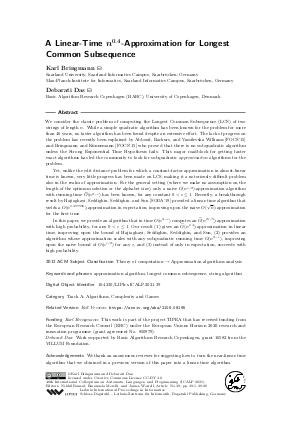LIPIcs.ICALP.2021.39.pdf
- Filesize: 0.71 MB
- 20 pages

 Creative Commons Attribution 4.0 International license
Creative Commons Attribution 4.0 International license




































Feedback for Dagstuhl Publishing